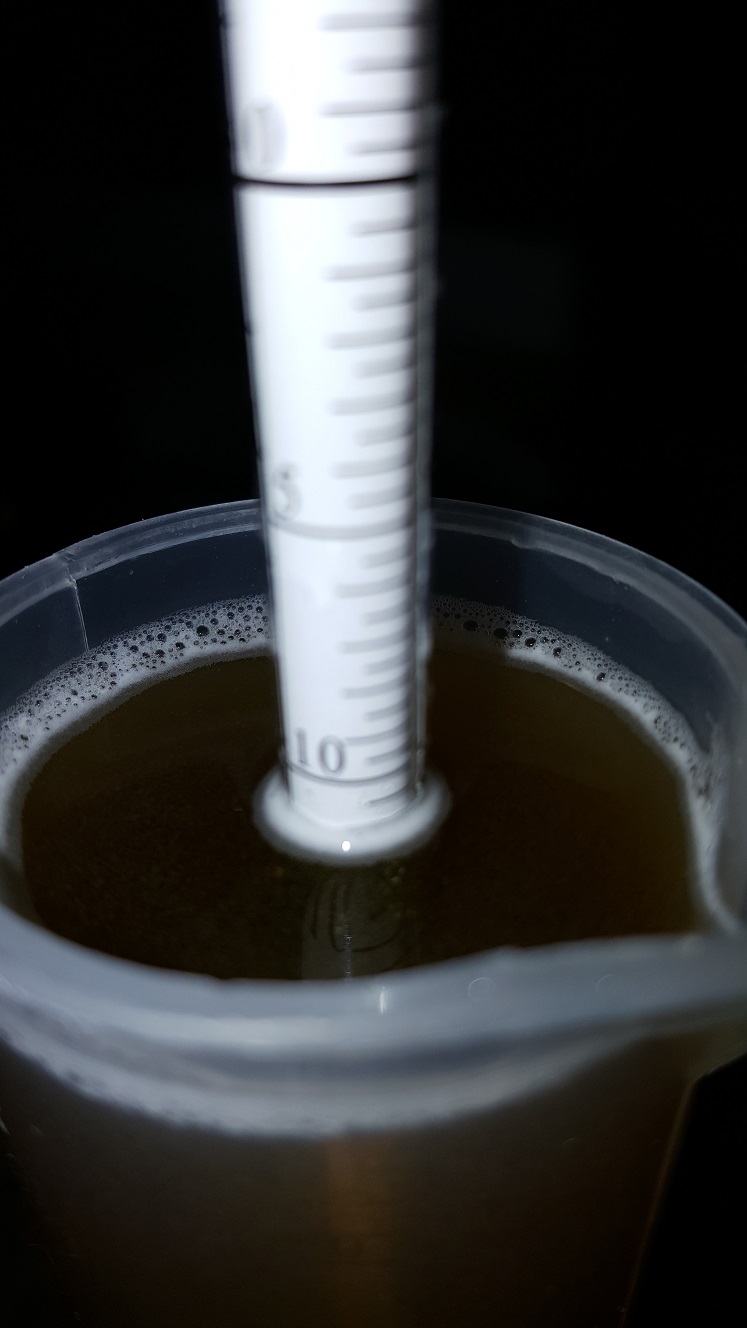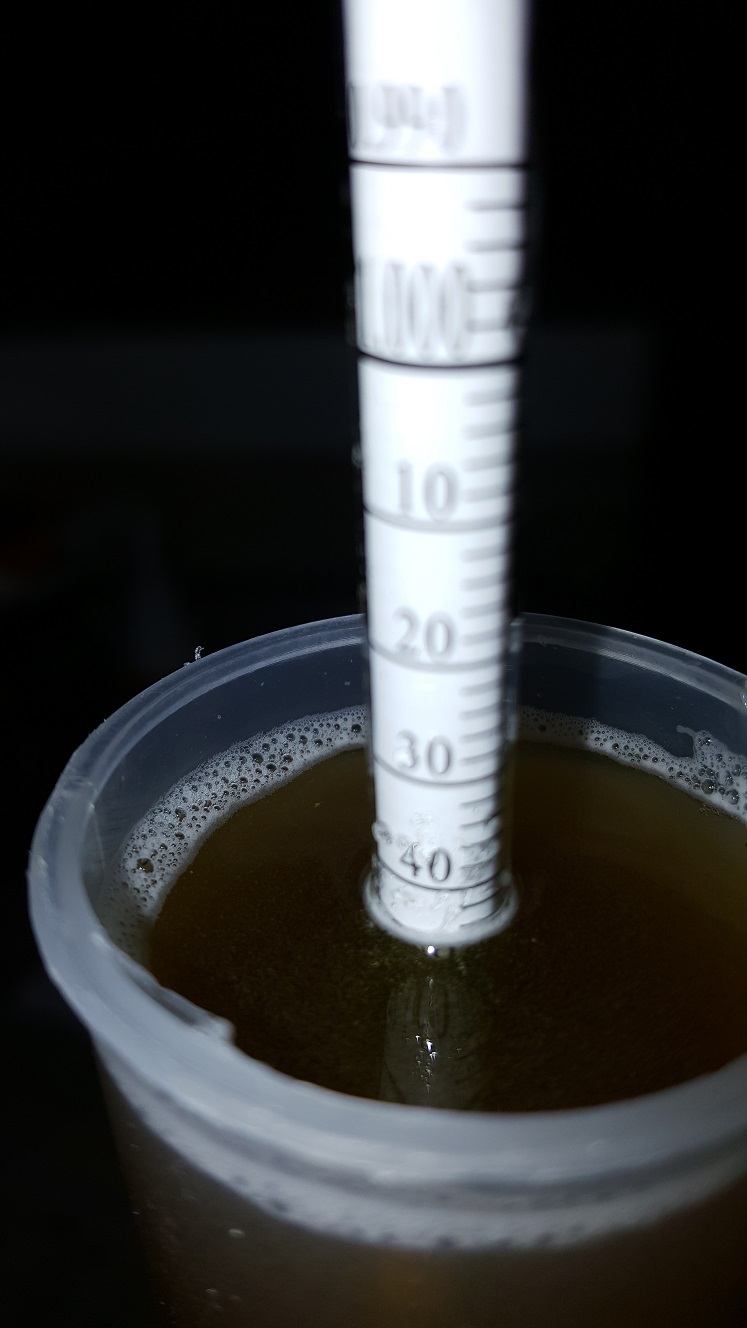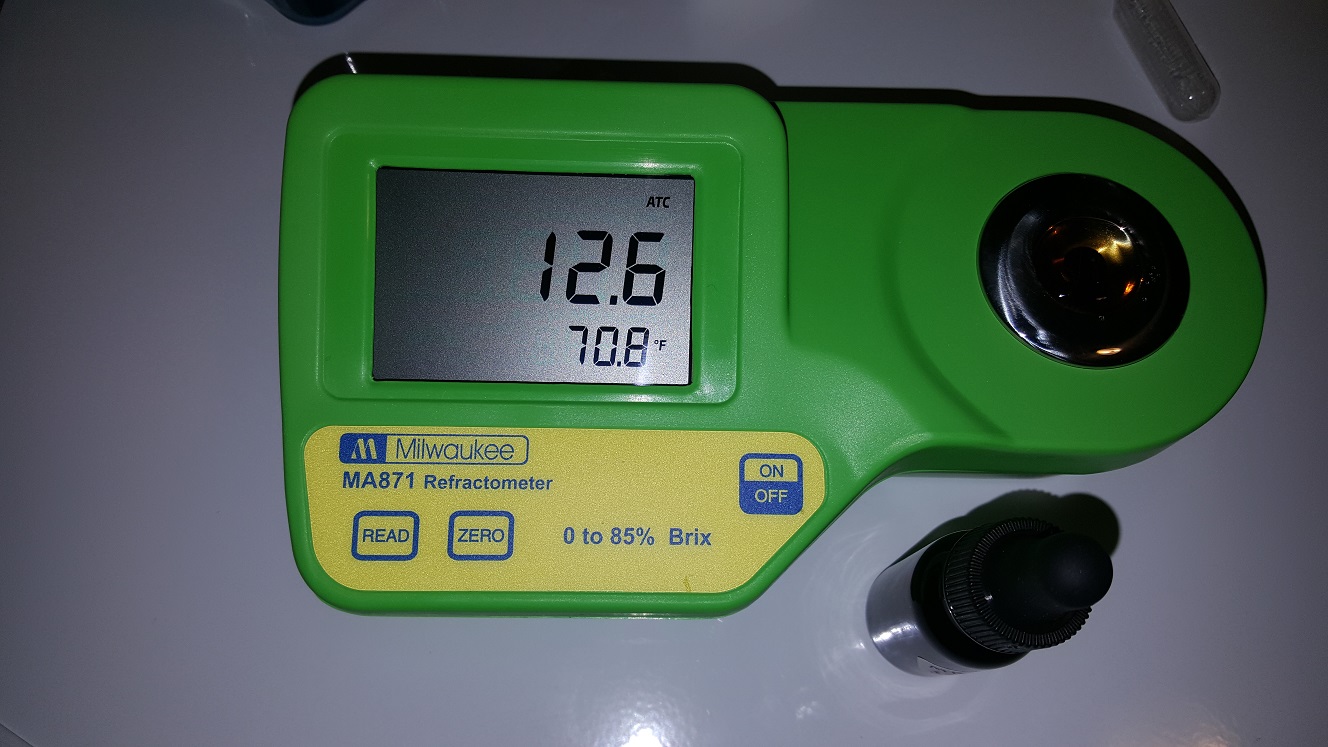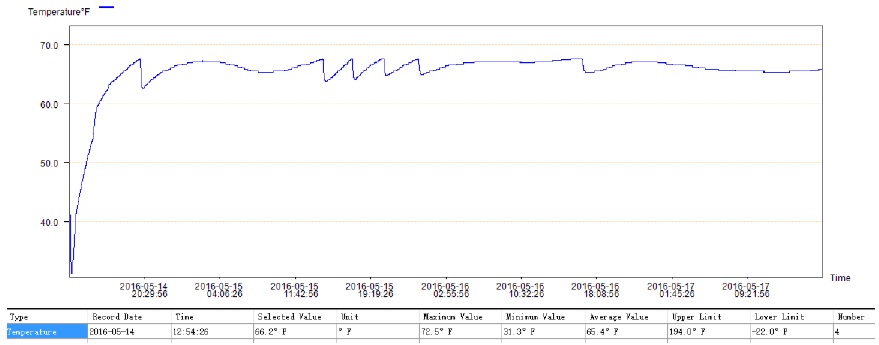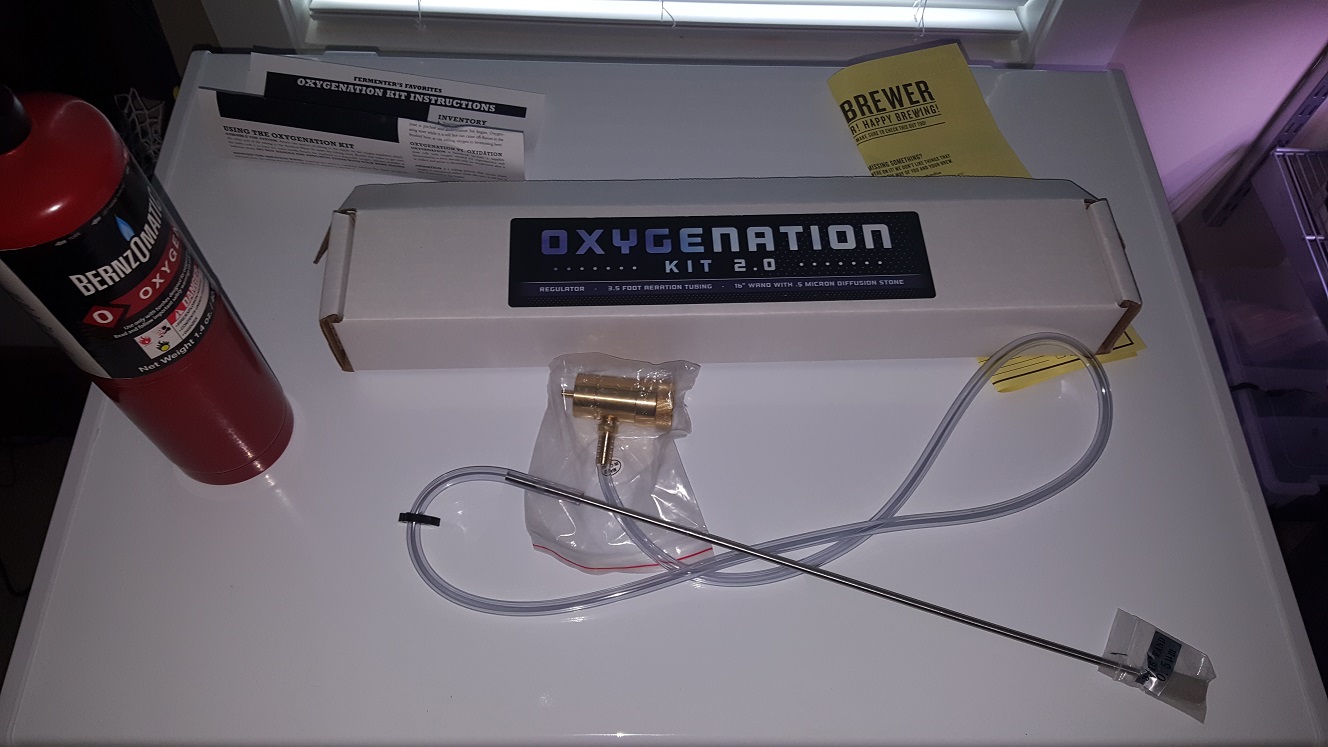McKnuckle
Well-Known Member
Of all the advice and banter on this thread, I would just say this:
Don't go big till you are able to reliably and predictably make decent beer and have a handle on things. Ten gallons (or even five) of lame beer is just a waste. You won't want to drink it. But it will be too much to dump, so you'll keep it around and choke it down, then eventually dump it anyway.
I actually think your initial setup with very small batches is a perfect stepping stone and NOT wasteful in terms of gear investment. You will always be able to use 1-2 gallon brewing gear. Even some day when you're brewing 10 gallons at a time, you'll be able to experiment and do test batches with the small stuff.
Don't go big till you are able to reliably and predictably make decent beer and have a handle on things. Ten gallons (or even five) of lame beer is just a waste. You won't want to drink it. But it will be too much to dump, so you'll keep it around and choke it down, then eventually dump it anyway.
I actually think your initial setup with very small batches is a perfect stepping stone and NOT wasteful in terms of gear investment. You will always be able to use 1-2 gallon brewing gear. Even some day when you're brewing 10 gallons at a time, you'll be able to experiment and do test batches with the small stuff.



































![Craft A Brew - Safale BE-256 Yeast - Fermentis - Belgian Ale Dry Yeast - For Belgian & Strong Ales - Ingredients for Home Brewing - Beer Making Supplies - [3 Pack]](https://m.media-amazon.com/images/I/51bcKEwQmWL._SL500_.jpg)






















